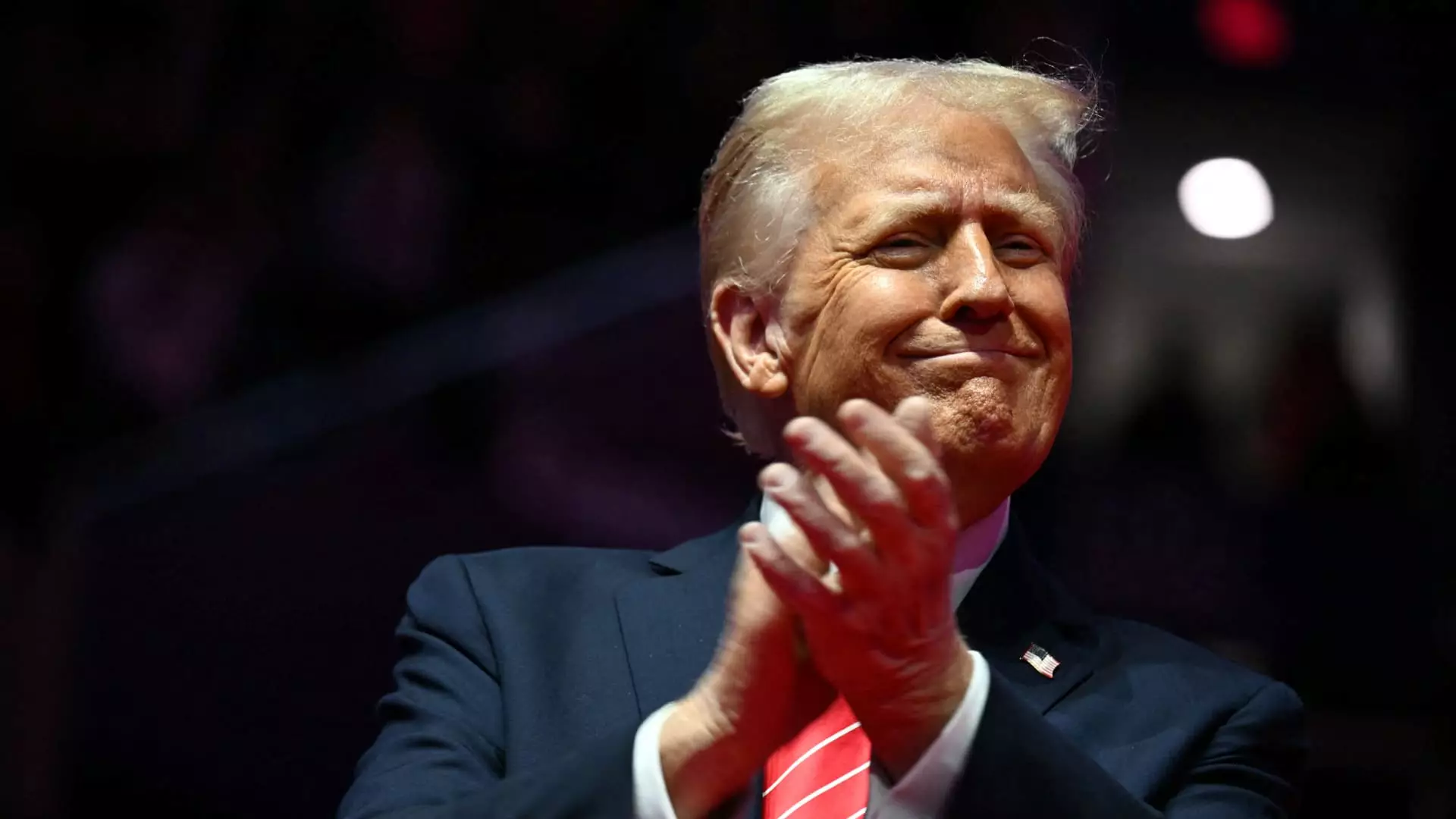In a remarkable display of ambition, former President Donald Trump is poised to sign an unprecedented number of executive orders on the first day of his second presidency. With plans for over 50, and possibly more than 100, actions, Trump is aiming to rapidly set the groundwork for his administration even before the inauguration festivities conclude. This strategic move reflects both his determination to fulfill campaign promises and his intent to recalibrate the federal landscape.
Trump’s inauguration is scheduled to take place at the Capitol, with ceremonial activities being adapted due to inclement weather. Rather than traditional outdoor events, a gathering at the Capital One Arena in Washington D.C. will serve as a backdrop for what many expect to be a pivotal moment in U.S. political history. With the weight of his previous presidency on his shoulders, Trump is ready to leverage this opportunity for a grand display of infrastructural change, rallying supporters around his bold reforms.
The timing of these executive orders cannot be understated. Executives often use the power of executive orders to bypass legislative gridlock, and for Trump, this is an essential strategy to ensure that his policy priorities are implemented swiftly. By emphasizing a rapid rollout of executive orders immediately following his swearing-in, the former president is signaling his commitment to taking decisive actions that resonate with his political base.
One of the most eagerly anticipated moves by Trump is the declaration of a national emergency concerning the U.S.-Mexico border. This initiative underscores his longstanding emphasis on immigration reform, which has been a cornerstone of his political platform. The rhetoric surrounding illegal immigration has fueled Trump’s narrative; he claims that his measures will restore border security and promote national safety.
During a rally held the day before his inauguration, Trump asserted, “By the time the sun sets tomorrow evening, the invasion of our borders will have come to a halt.” This declaration suggests not only a focus on enforcement but also a mobilization of resources and policy frameworks to address the perceived threats posed by illegal immigration and cross-border crime. Critics, however, raise concerns about the implications of such a declaration, questioning the humanitarian and constitutional ramifications of such sweeping measures.
In a bid to reverse the legislative accomplishments of the previous administration, Trump is expected to target key policies that were hallmark features of President Joe Biden’s term. Among these is the potential withdrawal of funding from climate-related initiatives outlined in Biden’s Inflation Reduction Act. While this reflects Trump’s ongoing skepticism towards climate change strategies, it also raises legal questions regarding the powers of the presidency to withhold federally approved appropriations.
Trump’s nominees for high-level positions have indicated a willingness to challenge existing legal frameworks, suggesting a possibly contentious relationship with legislative bodies. The ongoing debate surrounding the Impoundment Control Act of 1974 showcases the imminent clash between executive aspirations and legislative authority. How this dynamic unfolds in the coming weeks and months could redefine the balance of power within the U.S. government.
Furthermore, Trump’s intention to reinstate the “Schedule F” policy highlights a strategic approach towards reengineering the federal workforce. By reclassifying federal civil service jobs, Trump aims to create an environment conducive to appointing loyalists who are unreservedly committed to implementing his agenda. This move signals a radical transformation of civil service norms, which could have long-lasting impacts on the efficacy and impartiality of federal agencies.
As Trump’s administration takes shape, the discourse surrounding these executive orders is bound to ignite discussions about executive power and accountability in a democratic society. The potential outcomes of these orders not only affect current political dynamics but also set precedent for how future administrations may govern.
Trump’s return to the presidency is characterized by an aggressive legislative strategy aimed at reshaping policies significantly. The signing of numerous executive orders on day one of his administration is a commendable tactical maneuver designed to solidify his agenda and rally support. However, the implications of such actions carry substantial weight—in both political and societal arenas. As the nation witnesses these unfolding events, the dialogue surrounding governance, authority, and the rule of law will inevitably gain new momentum, shaping the narrative of American democracy moving forward.



Leave a Reply